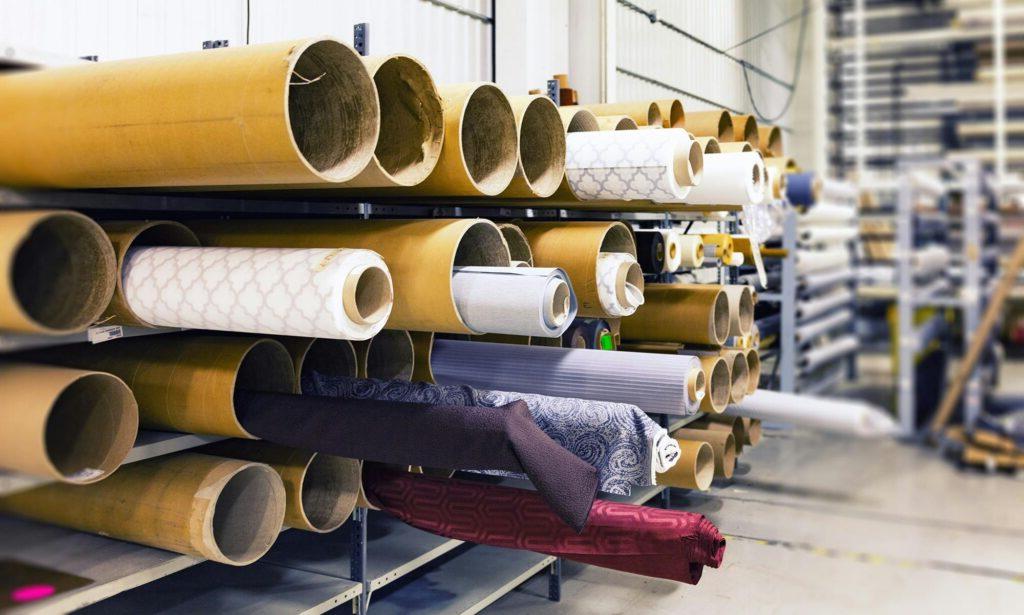If you’re a manufacturer considering reshoring, you’re likely weighing the pros and cons of bringing production back home. Reshoring has gained traction as companies like yours look for ways to optimize their supply chains, reduce vulnerabilities, and regain control over operations. But you might wonder, “Is reshoring the right move for my business?” It’s a big decision, and while the potential benefits are significant, you’ll want to consider all the factors carefully before making the decision.

What is Reshoring?
Reshoring brings manufacturing and production operations back to your company’s home country after being outsourced. It’s the opposite of offshoring, where businesses move these activities abroad for lower labor costs or other benefits. Reshoring can involve a full relocation of production or just specific aspects of the supply chain, such as assembly or packaging.
Why Is Reshoring Gaining Momentum?
Many companies, including well-known ones like Walmart, Zentech, Caterpillar, and GE Aviation, have moved to reshore some of their operations in recent years. A recent survey reported in Forbes,“showed that 69% of U.S. manufacturers have begun reshoring their supply chains.”
A significant driver of the shift to reshoring was the supply chain disruptions that emerged during the COVID-19 pandemic, increasing even more in 2022. During this uncertain time, many companies realized that international supply chains face vulnerabilities, so they started to look for more resilient, localized shipping solutions.
Other factors influencing the shift towards reshoring include increased labor costs in many countries and the affordability of automation. National policies encouraging reshoring for domestic manufacturing, which opened up tax incentives and grants, also play a significant role in the growth of this trend.
Pros and Cons of Reshoring as a Supply Chain Strategy
The Pros of Reshoring
- Job Creation: One of the most immediate benefits of reshoring is the creation of jobs. By bringing manufacturing back to their home country, companies can provide employment opportunities for local communities. This can help reduce unemployment rates and stimulate economic growth. Moreover, these jobs often come with higher wages and better working conditions than those in offshore locations.
- Quality Control: Reshoring allows companies to maintain stricter product quality control. When companies manufacture locally, they can more easily monitor production processes and ensure they meet standards. This can lead to higher-quality products and fewer defects, enhancing the company’s reputation and customer satisfaction.
- Reduced Lead Times: Manufacturing products closer to the consumer market significantly reduces lead times. Reduced lead times enable companies to adjust to fluctuations in demand swiftly, minimizing the risks of stock shortages or excess inventory.
- Supply Chain Resilience: Recent global disruptions, like the COVID-19 pandemic, have underscored the vulnerability of global supply chains. Reshoring can make supply chains more resilient by reducing dependency on international suppliers.
- Lower Transportation Costs: Companies can significantly reduce transportation costs by producing goods closer to the end consumer. Shipping goods internationally can be expensive and time-consuming. Reshoring helps reduce these costs and minimize the carbon footprint associated with long-distance transportation, helping companies more easily meet their sustainability goals.
- Intellectual Property Protection: American companies operating overseas face significant concerns regarding intellectual property (IP) theft, particularly in countries with weak IP enforcement. Reshoring helps protect sensitive technologies and proprietary processes by keeping them within jurisdictions with strong IP laws.
The Cons of Reshoring
- Higher Labor Costs: One of the primary reasons companies operate offshore is to benefit from lower labor costs. Reshoring typically involves higher labor costs, which can increase overall production expenses. Companies must balance these costs with the benefits of reshoring and find ways to maintain profitability.
- Initial Investment: Reshoring often requires a significant initial investment. Companies may need to build new facilities, purchase equipment, and train local workers. These upfront costs can be substantial and present a financial challenge, especially for small and medium-sized enterprises.
- Limited Skilled Workforce: Depending on the industry, a shortage of skilled workers may be available domestically. The decline of manufacturing in many developed countries has led to a skills gap. Companies may need to invest in training and education programs to develop the necessary workforce, which can be time-consuming and costly.
- Supply Chain Disruptions: While reshoring can make supply chains more resilient, it can also cause short-term disruptions. Transitioning production from one location to another involves logistical challenges, such as moving machinery and materials. Companies must plan carefully to minimize disruptions during the reshoring process. Working with a logistics partner who manages complex transitions ensures minimal disruption and a smooth reshoring process.
- Regulatory Compliance: Domestic manufacturing often means complying with stricter regulatory standards. These regulations can include labor laws, environmental regulations, and safety standards, which can increase compliance costs. Companies must navigate these regulations to ensure they do not face legal issues or penalties.
- Higher Production Costs: Besides higher labor costs, other production costs may also be higher in the home country. These can include energy costs, raw material costs, and taxes. Companies need to assess whether the benefits of reshoring outweigh these additional costs.
The Elements of a Successful Reshoring Strategy
So, how do you successfully implement reshoring? It requires careful planning and strategic decision-making. Your business should consider several factors when working to add reshoring to your operational strategies. Here are some of the essential elements of a successful reshoring strategy:
Cost-Benefit Analysis
First, conduct a thorough cost-benefit analysis. You may consider labor costs, transportation costs, quality improvements, supply chain disruptions, and other related costs. Your supply chain partner can support this process by offering detailed analysis and strategic insights, ensuring that your reshoring efforts are financially viable and operationally sound.
Technology and Automation
Investing in technology and automation can offset some of the higher labor costs of reshoring. Advanced manufacturing technologies, such as artificial intelligence and automation, can decrease reliance on manual labor.
Government Incentives
Many governments offer incentives such as tax breaks, grants, and subsidies to encourage reshoring. Exploring available government programs, such as AM Forward (Additive Manufacturing Forward), an initiative of the Biden administration, can help to reduce the financial burden of reshoring and make the transition more feasible.
Collaboration with Local Partners
Partnering with local suppliers and businesses can facilitate a smoother transition to reshoring. Local partners offer valuable insights into their respective regions of the domestic market and assist in navigating regulatory and logistical challenges.
Gradual Implementation
Companies can start by reshoring a portion of their production and gradually increasing domestic operations. This allows for a more controlled transition and provides an opportunity to address challenges as they arise.
Partnering with the Right Logistics Company for Reshoring Success
Murphy Logistics supports companies in reshoring by providing tailored logistics solutions, including scalable warehousing, distribution, and a network of local partners. With expertise in managing complex supply chains, Murphy ensures smooth transitions, reduces lead times and transportation costs, and maintains high quality and compliance standards. As a proven supply chain company, our flexible logistics services allow for simple reshoring solutions, thanks to our strength at helping businesses empower their teams to gradually and efficiently bring production back home.
The Bottom Line
When considering the benefits of reshoring, you’re likely focused on improving production quality and flexibility. Reshoring can deliver just that. By bringing your operations back home, you can gain greater control over quality and streamline your processes. Plus, reshoring offers the added benefits of enhanced supply chain visibility and more control over sustainability practices.
However, it’s natural to have concerns about potential challenges. Collaborate with local partners who understand the domestic market to make your reshoring efforts successful. Integrating the right technology into your manufacturing processes will help you stay competitive. Finally, conducting a thorough cost-benefit analysis is essential to ensuring a financially viable and strategically sound transition. With the right approach, the advantages of reshoring far outweigh any drawbacks, setting your company up for long-term success.

